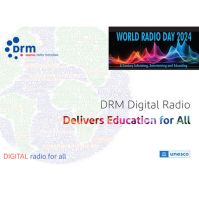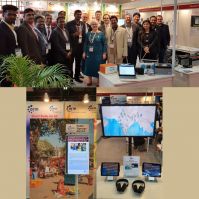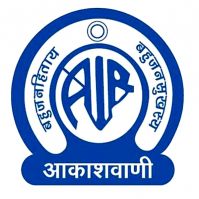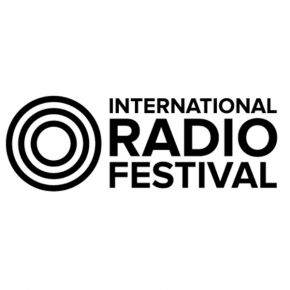Adopt DRM system in United States, says DRM Consortium to FCC

NEW DELHI: Adopting the DRM standard would be the best option for not only revitalising AM, but also for the common digital format all over the world, says DRM Consortium Chairperson Roxandra Obreja.
In a letter to the United States Federal Communication Commission, the Consortium says full digitisation using the DRM standard could be the easiest of the many options proposed for the revitalisation of AM. She said the Consortium would like the FCC to consider the possibility of a migration from analog to digital radio as a way of revitalising the AM radio band. In fact, the International Telegraphic Union recommends two digital standards for the AM bands - iBiquity's HD Radio system and the DRM system in ITU-R Rec. BS.1514.
The DRM standard is a well-tested and efficient solution that has the potential to revitalise bands previously used for AM broadcasting, with a quality of sound as good as FM.
The DRM family of standards provides a comprehensive solution to all digital sound broadcasting needs as it can be tailored to suit the requirements of any type of sound broadcasting from wide coverage, regional, national and international stations to small, local and university or community stations.
Although there are no spectrum savings per se, the spectrum can be used to better effect by bringing listeners clear reception with greater reliability plus rich multimedia for all in-home, portable and in-car uses. For broadcasters, the advantages of economy and quality are particularly attractive when considering upgrading national and international AM networks.
Recent developments of multi-standard chips mean that consumers could buy one product, but broadcasters would be able to choose the systems that best meet their requirements for coverage, quality and energy usage. One of the issues facing all digital radio platforms is the cost of receivers compared to that of standard analog units. The mass production of multi-standard global receivers for more than one market would greatly reduce the costs to consumers. A "flexible" receiver capable of being used for more than one standard with a selection of all available services and benefits is what the radio manufacturers would aspire to and listeners would benefit from.
The Radio Communication Study Group 6 within the ITU is proposing a revision of questions under consideration by the Assembly which is to include a review of "Worldwide broadcasting roaming".
As part of the questions being considered, it proposes "that a set of ITU-R recommendations invite the ITU membership and radio receiver manufacturers to study the possibility of the development of multiband, multi-standard radio receivers (Recommendations ITU-R BS.774, ITU-R BS.1114, and ITUR BS.1348)".
Obreja said that for many years it was hoped that one digital standard would be adopted worldwide. This was a Utopian hope as HD, DAB/DAB+/DMB and DRM have already been adopted in various parts of the world with varying degrees of success. The chipset manufacturers were the first to recognise the multi-standard possibilities of digital broadcasting and have managed to produce multi-standard chips to be activated and used as each market demands.
She noted that premier companies like Frontier Silicon, NXP, ST Microelectronics, and Silicon Labs, all closely connected or current members of the DRM Consortium are producers of such multi-standard chips for standalone or portable receivers.
Adopting the DRM standard which could work alongside the already adopted HD standard would provide benefits to Regulators, Broadcasters and most importantly listeners, said Obreja in her communication.
























